Plants That Make Cantaloupes Sing
Plants That Make Cantaloupes Sing
Have you ever heard of plants that make cantaloupes sing? It may sound like a strange concept, but it's actually true! There are a few different plants that have been shown to produce sounds that can actually help cantaloupes ripen faster and develop a sweeter flavor.
In this blog post, we'll take a closer look at these plants and explore how they work. We'll also discuss some of the benefits of using these plants to grow cantaloupes, as well as some tips for getting the best results.
What Are the Plants That Make Cantaloupes Sing?
The two main plants that are known to make cantaloupes sing are the marigold and the wormwood. Marigolds produce a high-pitched sound that is inaudible to humans, but can be detected by cantaloupes. This sound helps to stimulate the cantaloupes' growth and ripening process. Wormwood, on the other hand, produces a lower-pitched sound that has a similar effect.
How Do These Plants Work?
The exact mechanism by which these plants make cantaloupes sing is not fully understood. However, it is believed that the sounds they produce somehow interact with the cantaloupes' cells, causing them to grow and ripen faster.
One theory is that the sounds produce vibrations that travel through the air and into the cantaloupes. These vibrations then cause the cantaloupes' cells to vibrate, which in turn creates a chemical reaction that speeds up their growth and ripening process.
Another theory is that the sounds produce a magnetic field that surrounds the cantaloupes. This magnetic field then interacts with the cantaloupes' cells, causing them to grow and ripen faster.
What Are the Benefits of Using These Plants?
There are a few different benefits to using plants that make cantaloupes sing. First, it can help to ripen cantaloupes faster. This is especially beneficial if you live in a region with a short growing season. Second, it can help to improve the flavor of cantaloupes. Cantaloupes that are grown near marigolds or wormwood tend to have a sweeter and more complex flavor. Third, it can help to reduce the risk of pests and diseases. The sounds produced by these plants can actually repel some pests, such as aphids and spider mites.
How to Get the Best Results
If you're interested in using plants that make cantaloupes sing, there are a few things you can do to get the best results. First, plant the marigolds or wormwood around your cantaloupe plants at least a few weeks before you plant the cantaloupes. This will give the plants time to establish themselves and start producing sounds.
Second, make sure that the marigolds or wormwood are getting enough sunlight. These plants need full sun in order to produce the sounds that will help your cantaloupes ripen.
Third, water your marigolds or wormwood regularly. These plants need moist soil in order to thrive.
Conclusion
Plants that make cantaloupes sing may sound like a strange concept, but they're actually a real thing! These plants can help to ripen cantaloupes faster, improve their flavor, and reduce the risk of pests and diseases. If you're interested in growing cantaloupes, consider using one of these plants in your garden.
Wondering which plants to grow alongside your cantaloupes? Companion planting is a great way to improve the health and productivity of your garden, and cantaloupes are no exception. Some of the best companion plants for cantaloupe include:
- Basil: Basil is a fragrant herb that helps to repel pests like whiteflies and mosquitoes. It also helps to improve the flavor of cantaloupes.
- Beans: Beans are nitrogen-fixing plants, which means they can help to improve the soil quality for cantaloupes. They also provide shade for the cantaloupe vines, which can help to prevent them from getting sunburned.
- Carrots: Carrots help to repel nematodes, which are microscopic worms that can damage the roots of cantaloupe plants.
- Cilantro: Cilantro is another fragrant herb that helps to repel pests. It also helps to attract pollinators, which are essential for cantaloupe pollination.
- Corn: Corn provides a sturdy trellis for cantaloupe vines to climb. It also helps to attract pollinators.
For more information about companion planting for cantaloupe, I recommend visiting Gardenia Inspiration. This website has a comprehensive list of companion plants for cantaloupe, as well as detailed information about the benefits of companion planting.
FAQ of companion planting for cantaloupe
Question 1: What are some good companion plants for cantaloupe?
Answer: Some of the best companion plants for cantaloupe include:
- Marigolds: Marigolds help to repel pests, such as cucumber beetles and squash bugs, that can damage cantaloupe plants.

- Nasturtiums: Nasturtiums also help to repel pests, and their bright flowers attract pollinators, which help to pollinate the cantaloupe flowers.
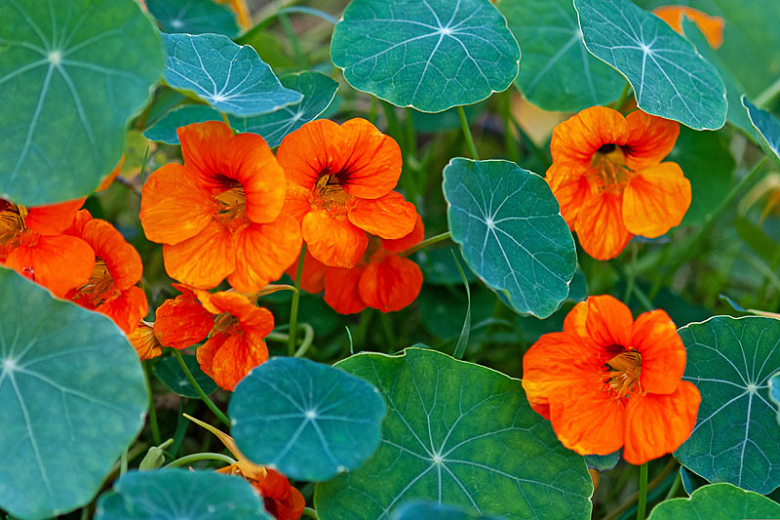
- Radishes: Radishes are a fast-growing crop that can be planted around cantaloupe plants to help suppress weeds.

- Lettuce: Lettuce is another fast-growing crop that can be planted around cantaloupe plants. It also helps to improve the soil quality and provides shade for the cantaloupe plants during hot weather.
- Herbs: Herbs, such as basil, oregano, and mint, can help to repel pests and attract pollinators. They can also add flavor to your cantaloupes.
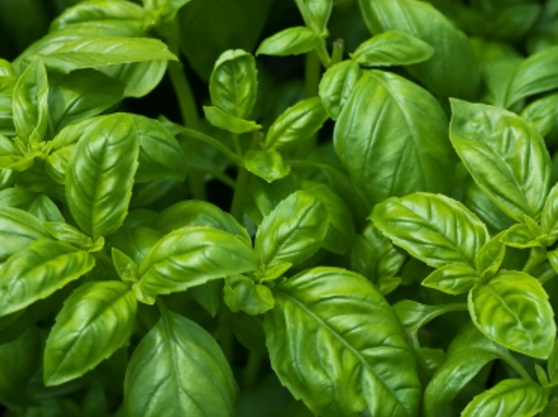

Question 2: What are some plants that should not be planted near cantaloupe?
Answer: Some plants that should not be planted near cantaloupe include:
- Cucumbers: Cucumbers and cantaloupe are both members of the cucurbit family, and planting them too close together can increase the risk of disease.
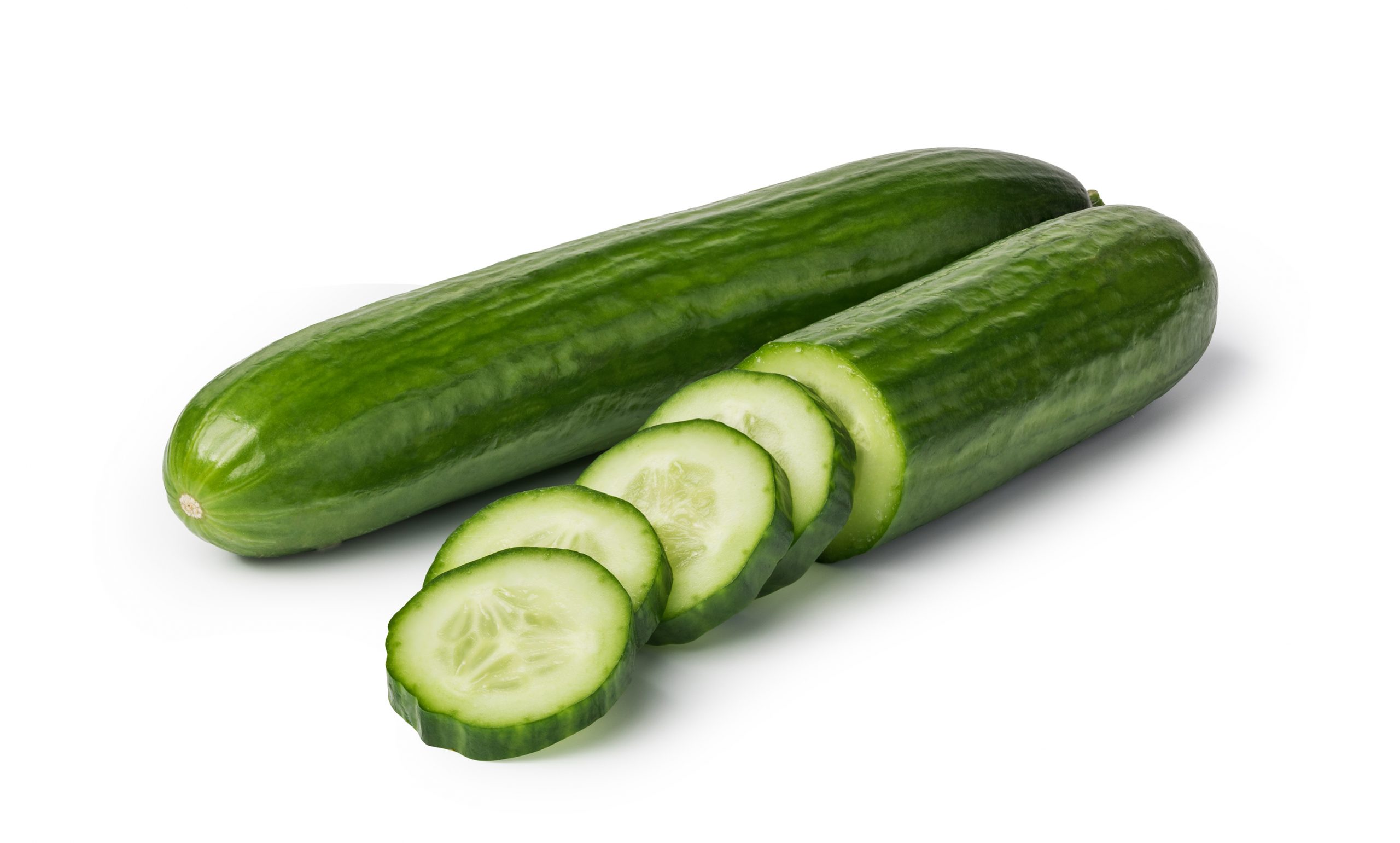
- Pumpkins: Pumpkins and cantaloupe have similar growing requirements, and planting them too close together can compete for water and nutrients.
- Squash: Squash and cantaloupe are also similar in their growing requirements, and planting them too close together can lead to problems with pests and diseases.

Question 3: What are the benefits of companion planting with cantaloupe?
Answer: There are many benefits to companion planting with cantaloupe, including:
- Disease prevention: Companion plants can help to deter pests and diseases that can damage cantaloupe plants.
- Pollination: Companion plants can attract pollinators, which help to pollinate the cantaloupe flowers and increase the yield of fruit.
- Weed suppression: Companion plants can help to suppress weeds, which can compete with cantaloupe plants for water and nutrients.
- Improved soil quality: Companion plants can help to improve the soil quality, which can benefit the growth of cantaloupe plants.
- Flavor enhancement: Some companion plants, such as herbs, can add flavor to cantaloupes.
Question 4: How far apart should cantaloupe plants be planted?
Answer: Cantaloupe plants should be planted about 3 feet apart. This will give them enough space to grow and spread out.
Question 5: When is the best time to plant cantaloupe?
Answer: The best time to plant cantaloupe depends on your climate. In general, cantaloupe plants should be planted after the last frost date and when the soil temperature is at least 65 degrees Fahrenheit.
Image of companion planting for cantaloupe
- Marigolds: Marigolds help to repel pests from cantaloupe plants.
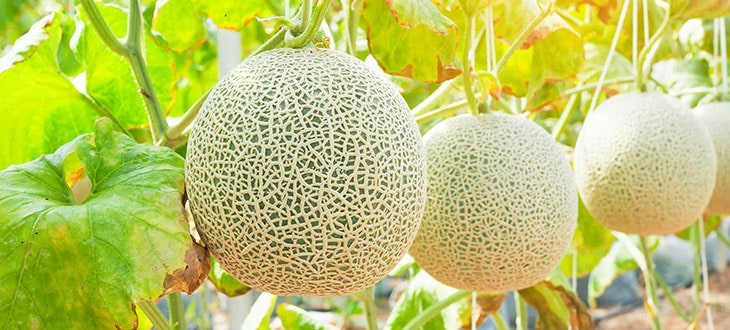
- Nasturtiums: Nasturtiums attract beneficial insects that help to control pests.

- Radishes: Radishes help to improve the soil drainage around cantaloupe plants.
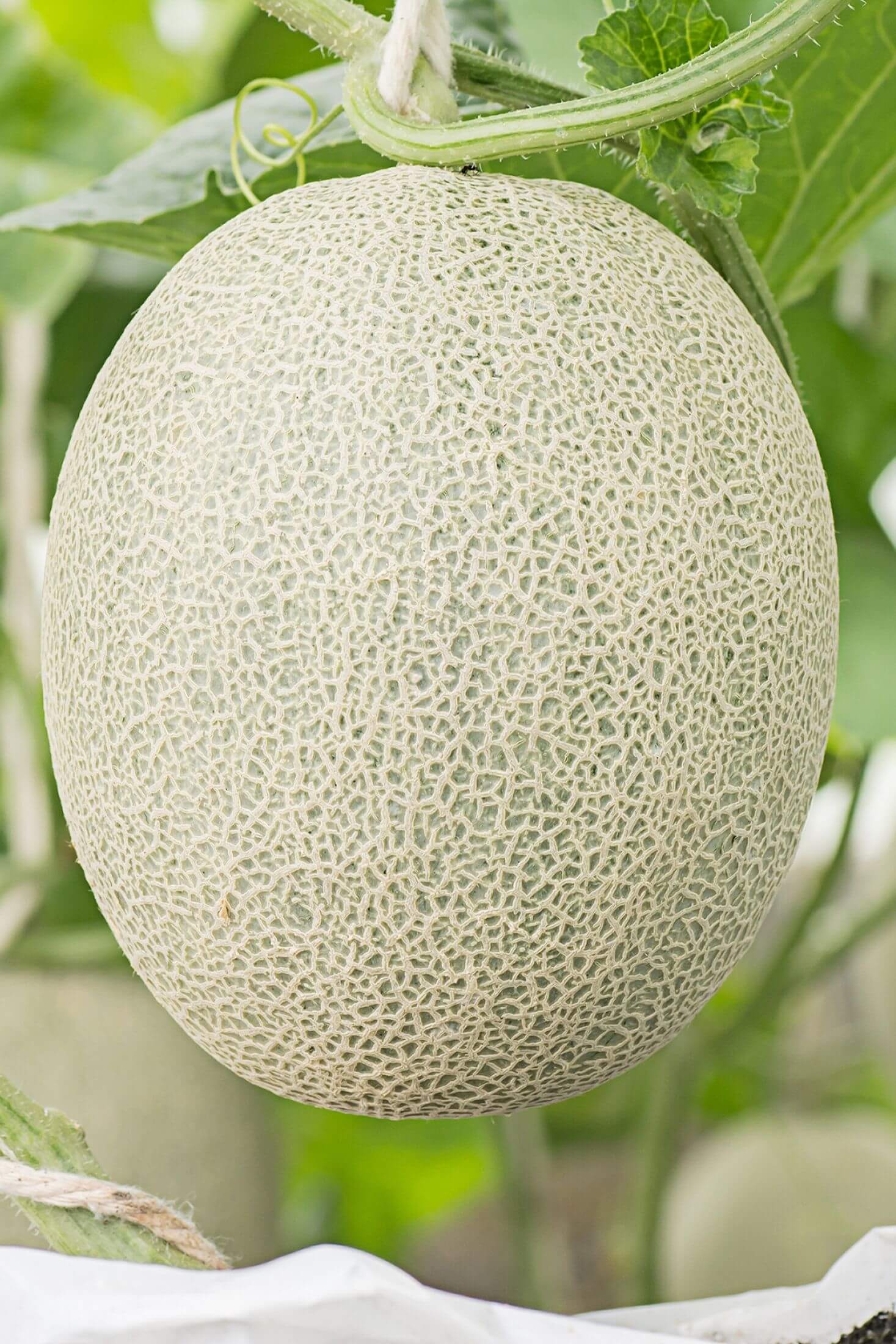
- Lettuce: Lettuce helps to shade the roots of cantaloupe plants and prevent them from drying out.

- Cucumbers: Cucumbers and cantaloupe are both members of the Cucurbitaceae family, so they can be planted together. They will help to support each other and provide shade from the sun.


Post a Comment for " Plants That Make Cantaloupes Sing"